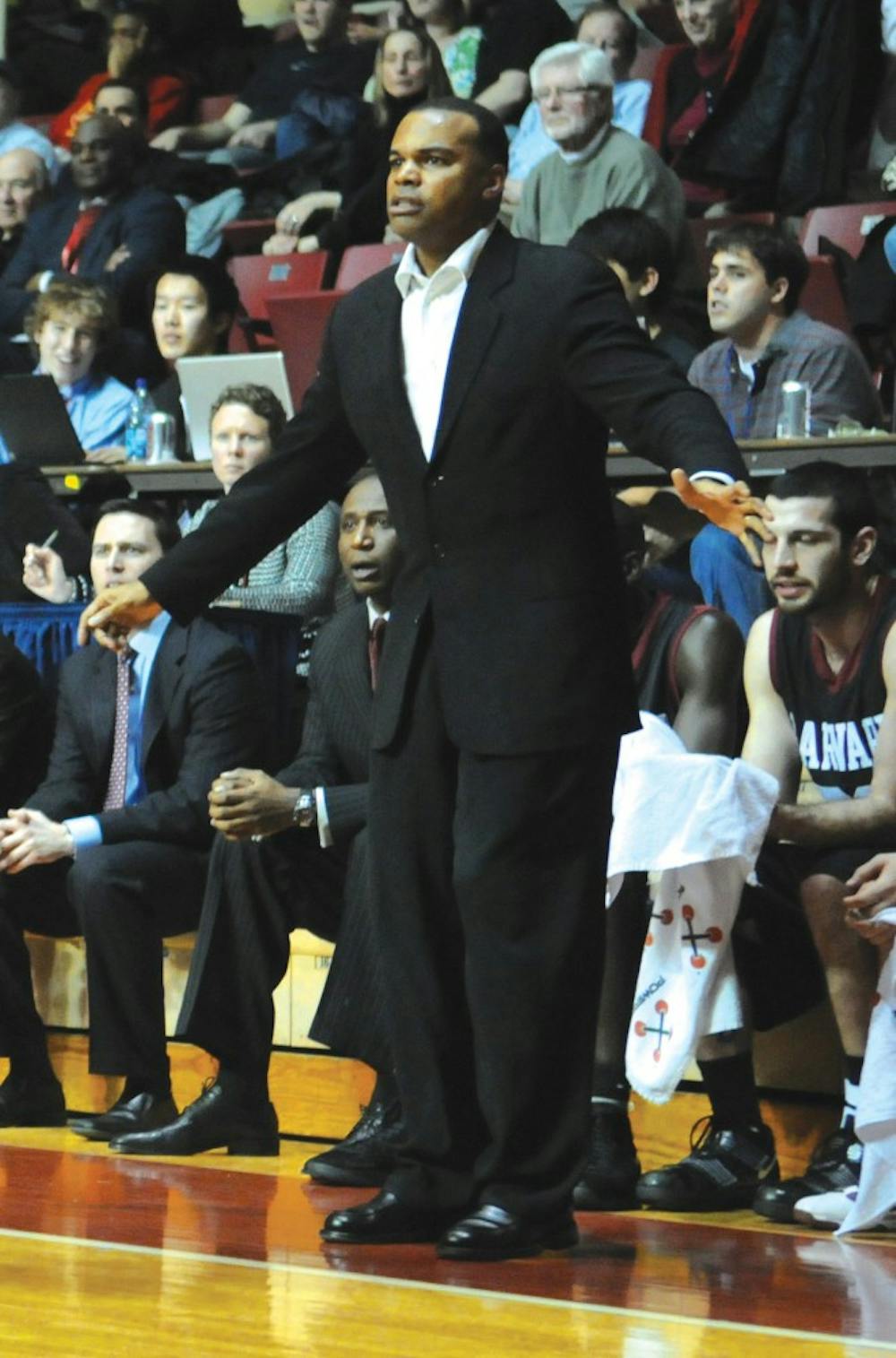“What’s wrong with Penn basketball?”
It’s a question I get asked all the time, and it’s one that inevitably leads to a more important question — what can Penn basketball do to get better?
One answer is to keep having recruiting classes like the Quakers’ Class of 2017.
Not only is it one of the most athletic recruiting classes in the Ivy League, but it’s also one of the most need-based.
Penn heads into the 2013-14 season lacking a true point guard, with Jamal Lewis, Cam Crocker and Miles Cartwright assuming that role with varying levels of success this past season.
Enter Class of ‘17 commit Tony Bagtas, who conveniently described himself as a “true point guard” when The Daily Pennsylvanian interviewed him in February. Bagtas has been consistently lauded for his ballhandling and passing skills, which piqued interest in him from Georgia, Tennessee and LSU. While he needs to get stronger, he is probably Penn’s point guard of the future. How distant that future is is still anyone’s guess.
Fellow incoming freshman Matt Howard chose Penn over Harvard after making official visits to both schools and declining offers from both Stanford and Virginia Tech. He is perhaps Penn’s most athletic recruit, finishing at the rim with ease.
Dylan Jones, another Penn commit, is a 6-foot-7 forward who analysts agree runs the floor well — and more importantly — rebounds well, a welcome talent for a Quakers squad that finished last in the conference in rebounding margin in 2012-13.
SEE ALSO
Q&A: Penn basketball recruit Tony Bagtas
Q&A: Penn basketball recruit Matt Howard fuses skill and smarts
And comparing Penn’s Class of 2017 to the recruiting classes of the Quakers’ greatest Ivy competitors heading into next season doesn’t make coach Jerome Allen and the rest of his staff look any worse.
Yale got a commitment from standout forward Anthony Dallier — an ESPN and Scout.com three-star recruit, a rarity among Ivies — but the Bulldogs’ three other catches aren’t overly impressive, especially since A.J. Edwards is the only guard in the recruiting class for a program graduating two senior guards — Austin Morgan and Michael Grace — this year.
With senior big men Ian Hummer, Mack Darrow and Brendan Connolly all graduating for Princeton, the Tigers went big again, recruiting a 6-foot-10 perimeter shooter in Pete Miller and two more 6-foot-5 guards to join junior T.J. Bray. Still, Princeton doesn’t have Penn decisively beat in terms of recruits’ athleticism this year.
But Harvard does.
Crimson coach Tommy Amaker worked his magic again, convincing top recruit Zena Edosomwan to turn down 39 scholarship offers, including from hoops powerhouses like UCLA, Texas and USC. The 6-foot-8, 235-pound, Edosomwan became the first top-100 Scout.com recruit to commit to an Ivy League school, and his midrange touch should fit in nicely on the Ancient Eight’s best sharpshooting team. Another big man and blue-chip Crimson commit, Hunter Myers has an excellent long-range shot too.
Which begs another question I always get — “Why can’t Penn get the kind of recruits Harvard always nabs?”
It’s a common accusation that Penn Athletics isn’t doing enough to revitalize Penn basketball, and it merits an in-depth look at Ivy recruiting expenses.
Harvard’s recruiting expenses for men’s sports in 2011 totaled $723,034, good for second-highest in the conference behind Princeton at $735,570. Penn’s 2011 recruiting expenses, meanwhile, totaled just $514,852, second-lowest among all Ivies.
Those numbers may very well indicate that Penn could afford to put a little more green behind its talent-grabbing, but they also don’t tell the whole story.
Penn’s men’s basketball-related expenses for 2011 totaled $1,082,006, which actually ranked second-highest among all Ivies behind Harvard.
Also, Penn’s total expenses for all of its men’s and women’s teams were $11,023,761. This amount ranks next to last among Ivies, and that ranking definitely needs to get higher. But that amount also means that Penn’s recruiting expenses accounted for 4.67 percent of its total sports expenses for all 33 varsity programs.
Harvard’s recruiting expenses account for 4.72 percent of its total sports expenses, good for third in the league. Not much difference, huh?
The lesson here is that Penn Athletics should spend more in general but is still putting its money where its mouth is for recruiting.
And for Penn basketball specifically now, there’s ample talent and ample money. It’s the art of the living room deal and the science of roster chemistry which have put Harvard head and shoulders above anyone else in the conference.
MIKE TONY is a junior English and history major from Uniontown, Pa., and senior sports editor of The Daily Pennsylvanian. He can be reached at tony@theDP.com.
SEE ALSO
Q&A: Penn basketball recruit Tony Bagtas
Q&A: Penn basketball recruit Matt Howard fuses skill and smarts



